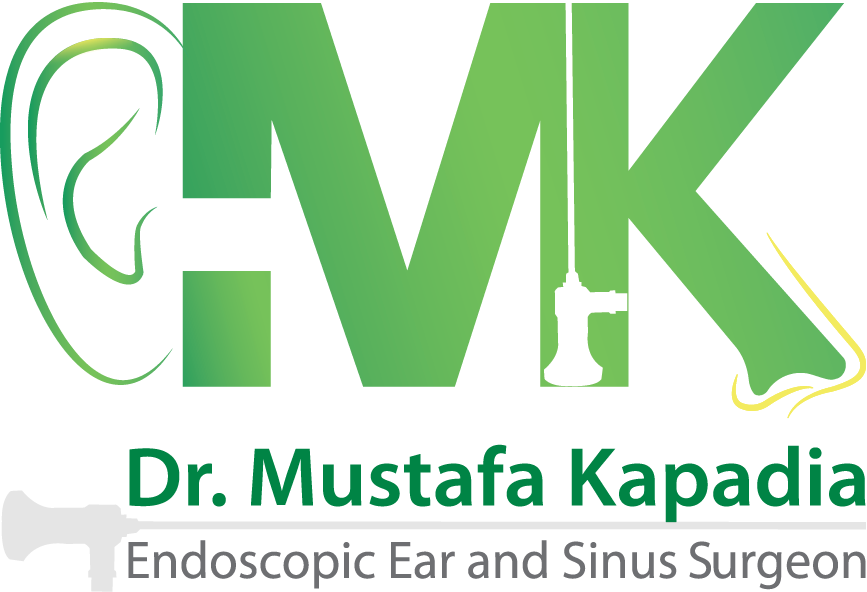CSF Rhinorrhea (CSF Leak) Treatment
What is CSF Rhinorrhea?
Cerebrospinal fluid (CSF) is a clear, colorless, protective fluid that bathes the brain and spinal cord, cushioning them from damage. CSF rhinorrhea is an uncommon condition, this condition arises as a result of thinning or attenuation of the bone which separates the brain from the sinonasal cavity. CSF leaks into the sinuses when there is a breach in the bone and dura and patients experience clear watery nasal discharge from the affected side only.
Symptoms:
In this condition patients have clear, fluid discharge from the affected side of their nose. Headaches are a common symptom, which is more painful when you are standing up and worsen when you’re lying down. Patients may detect the following:
• Continual salty sensation in the mouth or watery nasal discharge
• Visional shifts
• Severe headaches, fever, vomiting, neck stiffness in case of meningitis.
Causes:
The etiology of many occurrences of cerebrospinal fluid (CSF) leaks is unknown. A spontaneous CSF leak is what this is known as.
Other common reasons include the following:
• Head Trauma
• Iatrogenic after Endoscopic sinus surgery or Neurosurgical procedures
• Defects in the base of the skull (such as meningoencephalocele)
• Intracranial hydrocephalus with high pressure (an abnormal buildup of CSF in the brain)
• Intracranial hypertension (elevated pressure in the brain fluid)
Diagnosis and Treatment for CSF Rhinorrhea:
The doctor will take complete medical history and do a physical examination to diagnose this condition. All events leading up to the beginning of rhinorrhea should be included in the history, such as prior surgery or trauma, the nature of the nasal discharge, its length, what makes it better and worse, consequences, and therapy.
Physician will then request imaging studies like CT/ MRI of the brain and sinuses to look for any skull base defect, associated herniation of brain linings/ brain tissue in the nose, size and location of the defect and any other associated sinonasal pathology.
One specific test which confirms the draining fluid is indeed CSF is Beta2 Transferrin. The doctor will ask you to collect clear nasal discharge in a sterile container and subsequently send it for Beta2 transferrin testing.
Post- traumatic CSF rhinorrhea can be managed conservatively for initial few weeks, but if CSF leak persists then the patient needs surgical closure of the defect. The surgery is done endoscopically through the nose and skull base defect is repaired using different materials like fascia, cartilage, bone etc.

